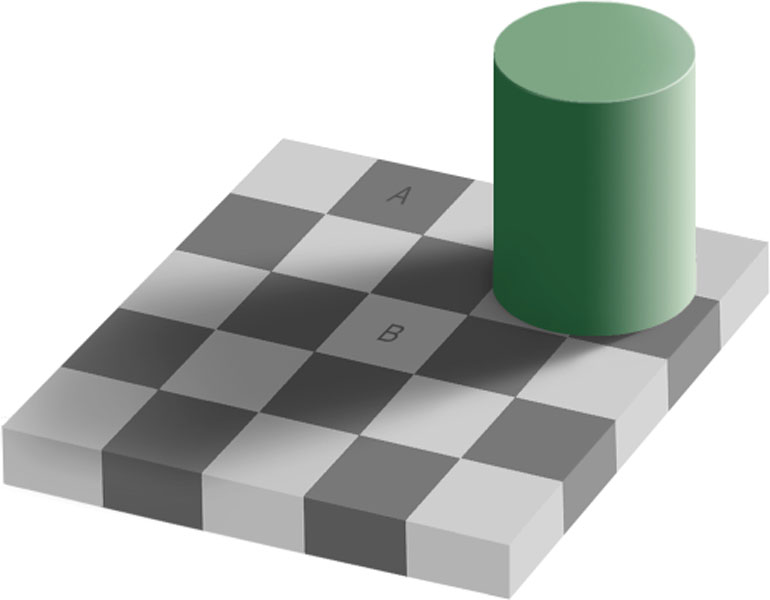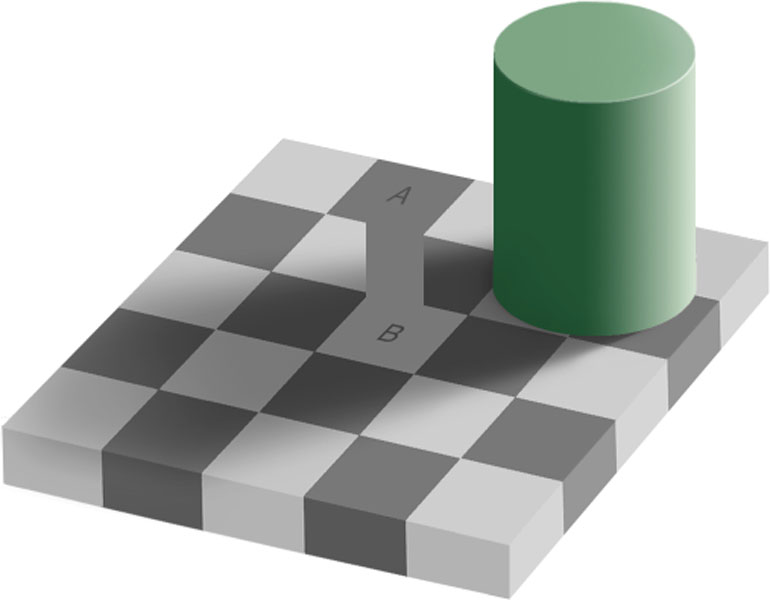In response to a friend's post, I wrote the following. Please enjoy the following.
It's an interesting, no, fascinating discovery that blind people can take such pictures. That they know of cracks in the sidewalk, where people’s heads are, and how to photograph, are amazing feats. It is truly wondrous and miraculous.
Or is it?
Is it so hard to believe that the blind can take beautiful pictures? Perhaps. But, may be not. Let’s explore our senses and see what we might find.
There is a current view in physics that the universe is a computer. This view holds that information is conserved and that it cannot be destroyed. What is information? Well, let us posit that information is a description of the universe, or of a part of that universe that we are experiencing at a specific place and time. There may be more to it, but clearly this is part of information of the universe.
We experience the universe through our senses: seeing, hearing, taste, smell, touch. Instead of calling them senses, let’s call them sensors. Our sensors don’t so much sense the universe as they measure the universe. When we drink tea, our mouths measure the temperature, either hot tea or ice tea. Our taste buds measure the sweetness. When we look we measure objects in our view for shape, color, and position relative to other objects in our field of view. Thus, seeing is really an act of measuring. Some of our senses have a higher resolution than others; we can hear a wide range of amplitudes, see an extremely diverse set of colors, but we cannot discern different tastes so well.
From our measurements we derive a sense of our universe. How do we derive that sense? Our brain. Our own internal, massively connected, computer. Our brains take measurements from our sensors and use those measurements to make sense of our universe. Our brains integrate our sight with our hearing, with our smell, with every sensor we have to describe our world.
For example, we can easily recognize smoke in the kitchen from a pot that’s on fire. We see the flames, see the smoke, hear the crackle, and smell the burn and feel the heat. We know where we are and our brains deduce a pot on fire.
Are our senses limited? In a way, yes, they measure one thing such as sound with our hearing. But that is not a true limitation. Consider a bat. Bats, as you know, emit sound, listen for reflections (echoes) and their brains are able to “see” and easily navigate in the dark of night. Thus hearing can be seeing.
Consider next: sonar. Ships send sound waves through the ocean and from these sound waves computers can print maps of the ocean floor. From sounds come pictures. One sensor can be used to produce what another type of sensor would produce. The trick, the key, is the processing.
Or, if you like, consider radar. A plane sends electromagnetic radiation to the ground and with special processing, that radiation is transformed to a picture of the ground complete with buildings, foliage, cars, and other objects present. It’s not sight, it’s radar and it’s call SAR: Synthetic Aperture Radar.
With those ideas in mind, let’s consider this book. The blind taking pictures. Far fetched? I should think not. Inside each of these creative and inventive people is a brain, a processor. This processor can take all sorts of measurements and with the proper program, call it training, give the user (that person) a sense of his surroundings. Hence, the beautiful story of the girl who “sees” cracks in the sidewalk with her stick. Her vision fails her but her brain is undeterred and processes measurements of touch to give her a sense of the ground beneath her feet.
Our bodies are fascinating and marvelous.
What can we learn from this beyond the lovely pictures and, possibly, what more one can do with a camera? I am no great photographer like my bowling buddy. However, I submit we all can learn to use our sensors in new ways that we are not now trained to do. And with that we can draw new beauty, and new visions, from the universe around us.





























